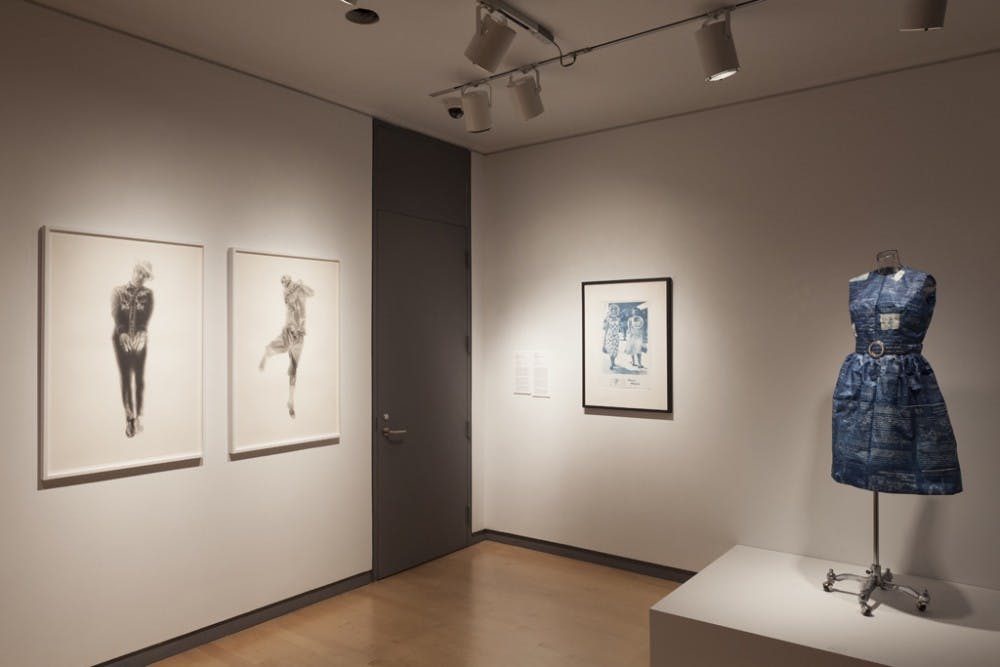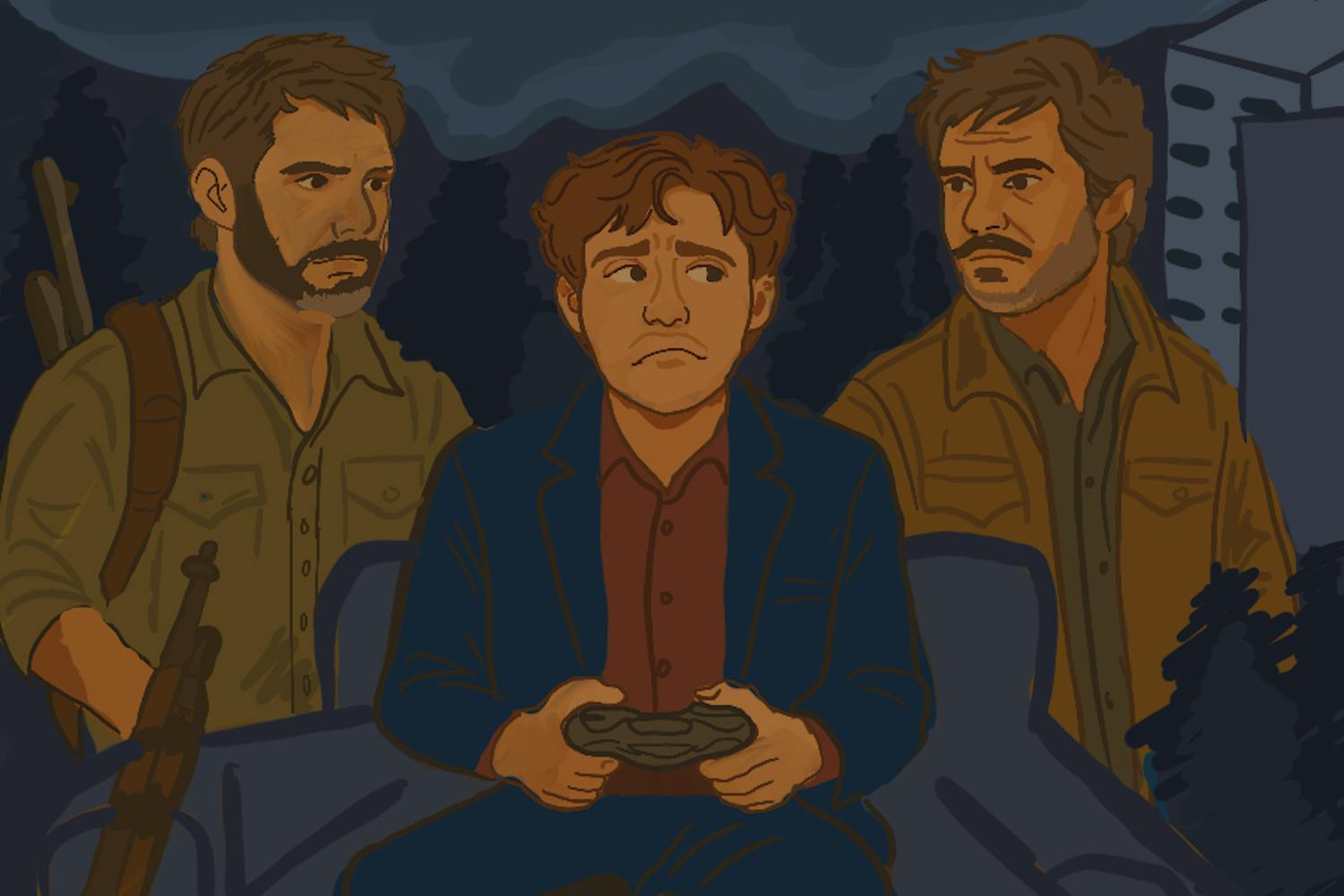“Nothing is absolute,” said the late Mexican painter Frida Kahlo. “Everything changes, everything moves, everything revolves, everything flies and goes away.”
In the midst of this malleable world, two things have remained constant: the power of art and art’s tendency to reflect a dynamic society as well as all the cultures and stories that comprise it. Surely, then, the expression of culture through art must be all the more powerful.
When it comes to art with a distinctly Latinx message, is that statement true? Or is society as a whole still vastly unfamiliar with any artists of Latinx decent aside from people like Kahlo and Diego Rivera?
“As for the popular world of contemporary art, Latinxs are still underrepresented in the art world,” Tania Torres, president and CEO of Luna Culture Lab in downtown Phoenix, wrote in an email. “However, this is changing due to the rising popularity of Chicano art among Latinx and mainstream audiences alike.”
All Chicano art doesn't look the same, but its themes of justice, pride and passion are always resonant. Comedian Cheech Marin has advocated for the growth and spread of Chicano art throughout the nation for many years, and is known to have the finest private collection of Chicano art in the U.S.
“Like its art, 'Chicano' is an evolutionary term,” Marin wrote in a 2012 Huffington Post article. “Each generation has as much right to define what a Chicano is as any generation that came before them.”
This type of art, which is specific to people of Mexican decent living in America, and Latinx art as a whole both serve as a way for topics like immigration, community and identity to be visually expressed in candid and accurate ways. With art, there doesn't have to be a middleman between the artist and the canvas; the problem is getting the art in front of people and actually disseminating the messages.
An article published by Art Now in May 2014 noted that, “An examination of museums’ online archives shows that while artists of Latin American origin are frequently included in group shows (such as biennials) and receive solo exhibitions ... years-in-the-making surveys and retrospectives that might put their work in a larger social, political, or artistic context tend to be a rarity.”
Places like Luna Culture Lab are striving to address this rarity by providing a space where culture can be expressed in its most untainted state and serve as a platform to start conversation.
“Luna Culture Lab is a place committed to igniting conversation, inspiring creativity and investigating culture through visual and performance art,” Torres wrote. “We host exhibits that reflect on what is happening in today’s society, therefore sparking conversation.”
For instance, Luna recently hosted an exhibition whimsically titled “Chingona Soles,” a charitable collection of stilettos decorated by local artists, designers, businesswomen and other community leaders that cohesively reflected the essence of “chingona,” a Mexican slang term used to describe a thing (or a woman) that is bold, intelligent and successful.
Torres also mentioned Luna’s “Trump Card” exhibit, which she said “focused on challenging hateful political rhetoric.”
The lab's current “Stitched Together At the Lab” exhibit features work from Mexican-born artist Aztec Smurf, whose murals can be spotted around the Valley at places like the Mark Apartments in Tempe.
“I believe in giving back to the community and educating the youth in the arts and in their culture,” Smurf said in a video interview with Luna.
Among an ever-growing group of influential Latinx artists in Phoenix is Lalo Cota, whose most popular work is arguably his additions to the murals that adorned the former Paz Cantina in downtown Phoenix as well as his work on the old and new locations of Barrio Cafe.
Cota told the State Press in August 2014 that, after moving from Mexico to Phoenix, he was inspired by the city’s low rider car designs and eventually moved into primarily mural work.
He has collaborated with other artists with similar backgrounds and styles, including Adam “A-Bomb” Vigil, a former graffiti artist who has used his unique life experiences and inherent artistic tendencies to morph his craft into something of myriad mediums.
These vibrant players in the modern local art scene are adding to the cultural fabric set forth by Latinx artists who came before them, such as Vincent Valdez.
Vanessa Davidson, PhD, curator of Latin American art at the Phoenix Art Museum, pointed out Valdez as a particularly prominent Latinx artist on her radar. One of Valdez's recent collections, "The Strangest Fruit," depicted historical lynchings of Latinxs in America with a personal twist — the victims Valdez painted were people he knows in real life.
Valdez is one of many Latinx artists who have used their craft to exemplify powerful portrayals of Latinx history in America and beyond, positive and negative.
Davidson also discussed Enrique Chagoya, a Mexican-born, San Francisco based artist whose work Davidson described as a "hybrid entity, just as Chagoya himself has a hybrid identity."
A selection of Chagoya's work is featured at the Lisa Sette Gallery near Third Street and Thomas Road in Phoenix.
Local artists like Cota, Vigil and Smurf are as critical to the fabric of Latinx art as are more nationally known artists like Valdez and Chagoya. These modern local artists are making the Latinx message and lifestyle more accessible by splattering them all over the city and sharing them in independent galleries like Luna.
Many other galleries and museums throughout the area also feature vibrant collections of Latinx-based art, including the Phoenix Art Museum, which has an extensive collection of works from Latin America.
The ASU Art Museum also has a Latin American collection that features a wide array of works from Mexico and Cuba.
Heard Museum's "Las Favoritas de Frida" collection runs until Sept. 25 and features items selected by local collective "Phoenix Fridas" to represent things Kahlo may have liked. Bentley Gallery, located near Third and Lincoln streets in downtown Phoenix, is also celebrating Kahlo's legacy by showing a collection of photographs until Feb. 27.
Related Links:
Latinx representation making small, slow steps forward on the silver screen
What Latinx representation looks like on the big screen
Reach the reporter at celina.jimenez@asu.edu or follow @lina_lauren on Twitter.
Like The State Press on Facebook and follow @statepress on Twitter.




